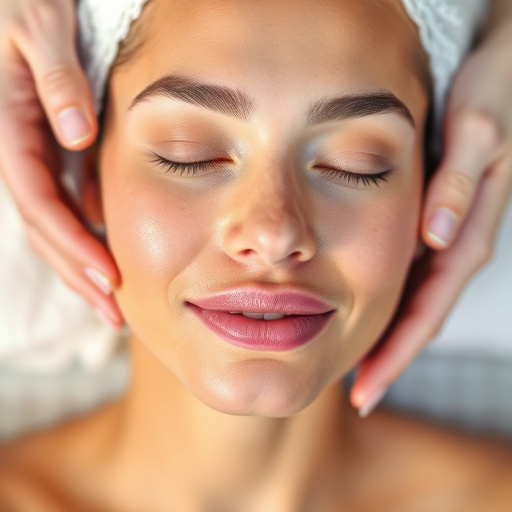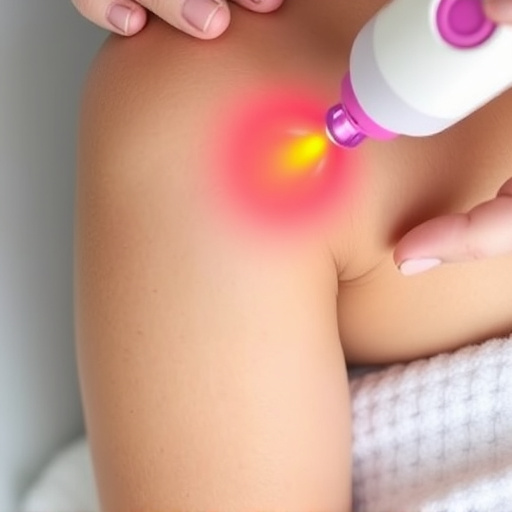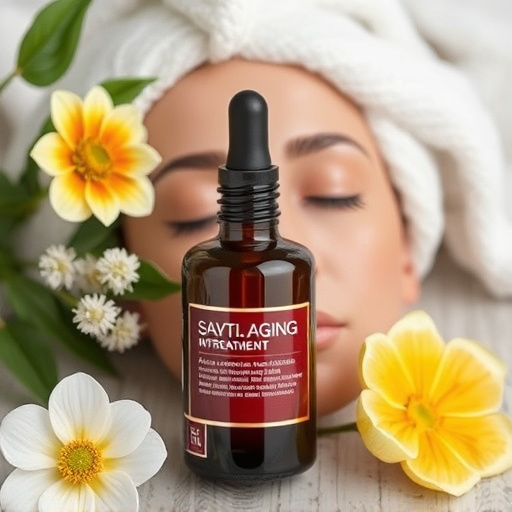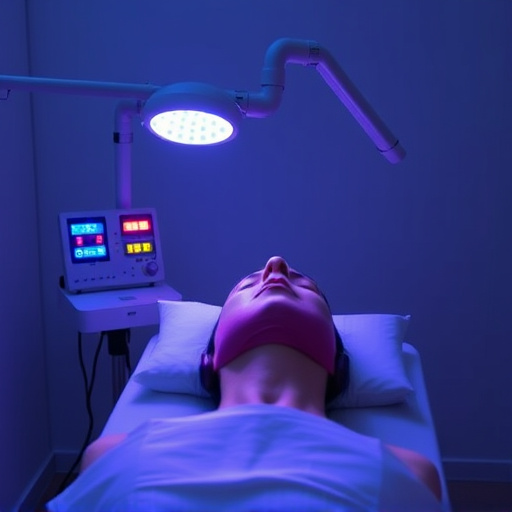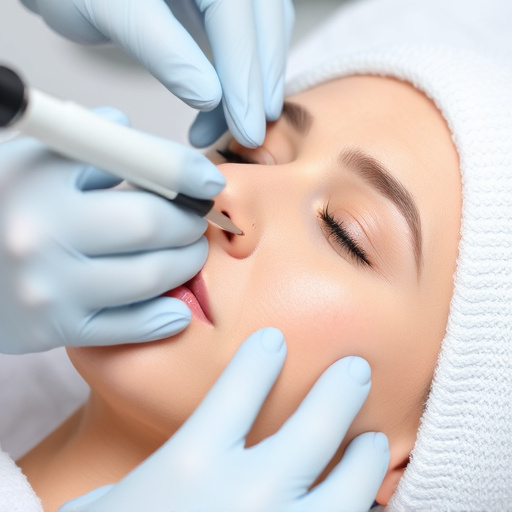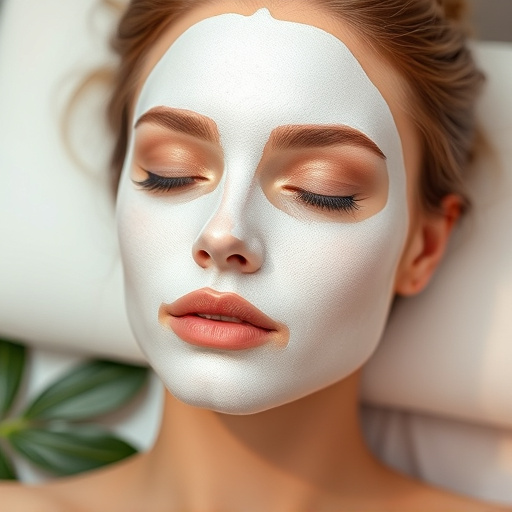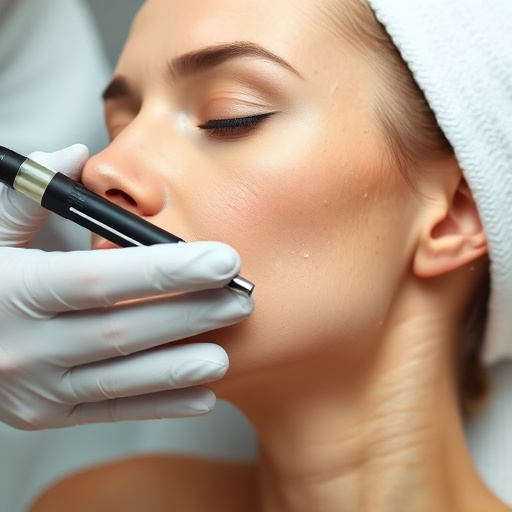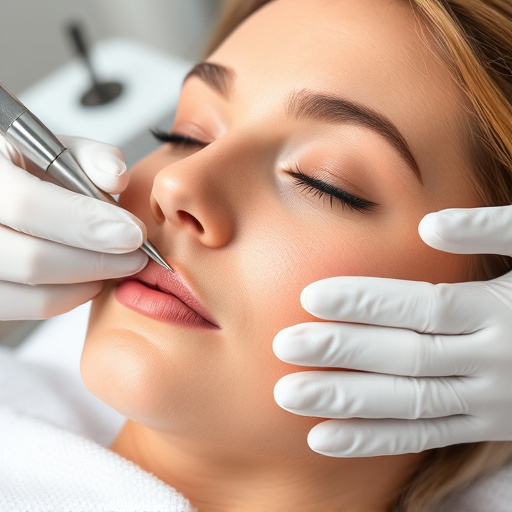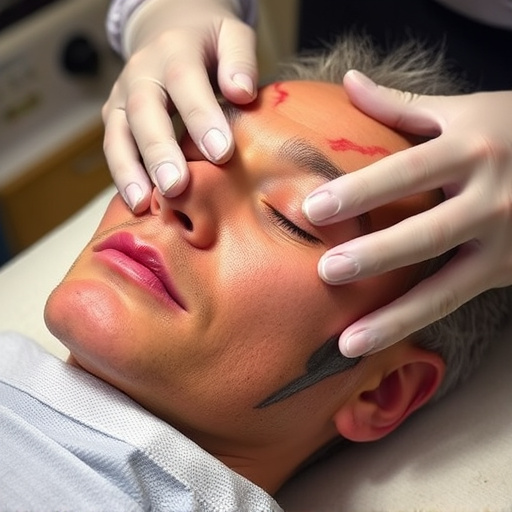Waxing and threading are popular non-surgical methods for eyebrow hair removal, each with unique advantages. Waxing offers quicker results (15-30 mins per session) lasting 4-6 weeks, smoothing skin texture, and removing dead cells, but may cause irritation. Threading is gentler on sensitive skin, provides precise hair capture for longer periods, and refines facial contours, yet doesn't last as long. Personalized skincare routines can minimize side effects, catering to diverse preferences and skin types for effective eyebrow hair removal.
“Unwanted eyebrow hair can be a common concern, leading many to explore various hair removal methods. Two popular techniques are waxing and threading, each with its unique approach. This article delves into these methods, offering a comprehensive comparison. We’ll explore the ins and outs of waxing, from understanding the process to its results and potential side effects. Then, we’ll introduce threading as an alternative, analyzing its benefits and drawbacks. By the end, you’ll have a clear view of which method suits your needs best for effective eyebrow hair removal.”
- Understanding Waxing for Eyebrow Hair Removal
- Exploring Threading as an Alternative Technique
- Comparing Results, Durability, and Potential Side Effects
Understanding Waxing for Eyebrow Hair Removal

Waxing for eyebrow hair removal is a popular non-surgical treatment that involves applying warm wax to the skin in a specific pattern, followed by quick extraction. This process helps remove unwanted hairs from the eyebrows, providing a smooth and well-defined look. The procedure itself is relatively quick, typically taking between 15 to 30 minutes per session, depending on the amount of hair and the area being treated. Waxing offers a long-lasting result, with effects lasting anywhere from 4 to 6 weeks. This makes it a convenient option for those seeking efficient and effective eyebrow hair removal.
In addition to its primary role in shaping eyebrows, waxing can also contribute to skin rejuvenation by removing dead skin cells and smoothing the skin’s texture. Unlike some other methods, waxing is generally considered less painful than threading, especially when combined with hydrating facials beforehand to soothe and nourish the skin. It’s a preferred choice for many who want to maintain well-groomed eyebrows without resorting to more invasive procedures.
Exploring Threading as an Alternative Technique
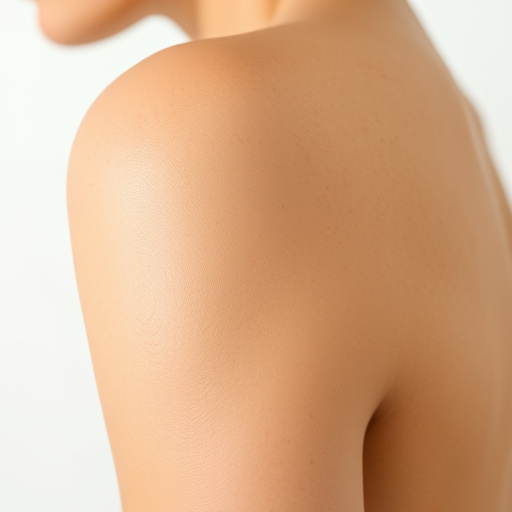
Threading is an ancient hair removal technique that has gained popularity as a safer and more precise alternative to waxing for eyebrow hair removal. This method involves twisting a thin thread back-and-forth, creating a loop that captures individual hairs, resulting in smoother, longer-lasting results. Unlike waxing, which can cause skin irritation and ingrown hairs, threading is gentler on the skin, making it an excellent option for those with sensitive skin or a history of adverse reactions to wax.
As a form of dermatological care, threading also offers additional benefits beyond eyebrow hair removal, aligning with trends in skin rejuvenation. It can help refine facial contours and promote overall skin smoothness, which is further enhanced by complementary treatments like chemical peels and customized facials. These procedures, combined with threading, contribute to a holistic approach to achieving and maintaining youthful-looking skin.
Comparing Results, Durability, and Potential Side Effects
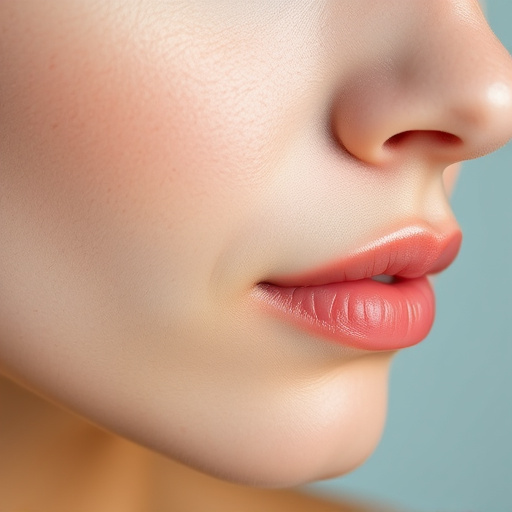
When comparing waxing and threading for eyebrow hair removal, the results, durability, and potential side effects are key considerations. Waxing offers a smoother, longer-lasting result, as it removes hair from the root, making it ideal for those seeking a more lasting solution. However, it can cause skin irritation and redness, especially in sensitive areas. Threading, on the other hand, provides a more precise removal, effectively plucking individual hairs, which minimizes the risk of skin damage but may not offer as long-lasting results.
Both methods have their benefits and drawbacks, catering to different personal preferences and skin types. A personalized skincare routine can help mitigate potential side effects, focusing on calming ingredients for sensitive skin or exfoliating treatments to enhance hair removal. Additionally, maintaining good skin brightening and tightening practices can contribute to a smoother post-removal experience.
When it comes to achieving flawless eyebrows, both waxing and threading offer effective solutions for eyebrow hair removal. Waxing provides a longer-lasting result, making it ideal for those seeking a more permanent solution. Threading, on the other hand, is a quick and precise method that minimizes skin irritation. Understanding the unique benefits of each technique allows individuals to make an informed choice tailored to their preferences and desired outcome in the realm of eyebrow hair removal.





